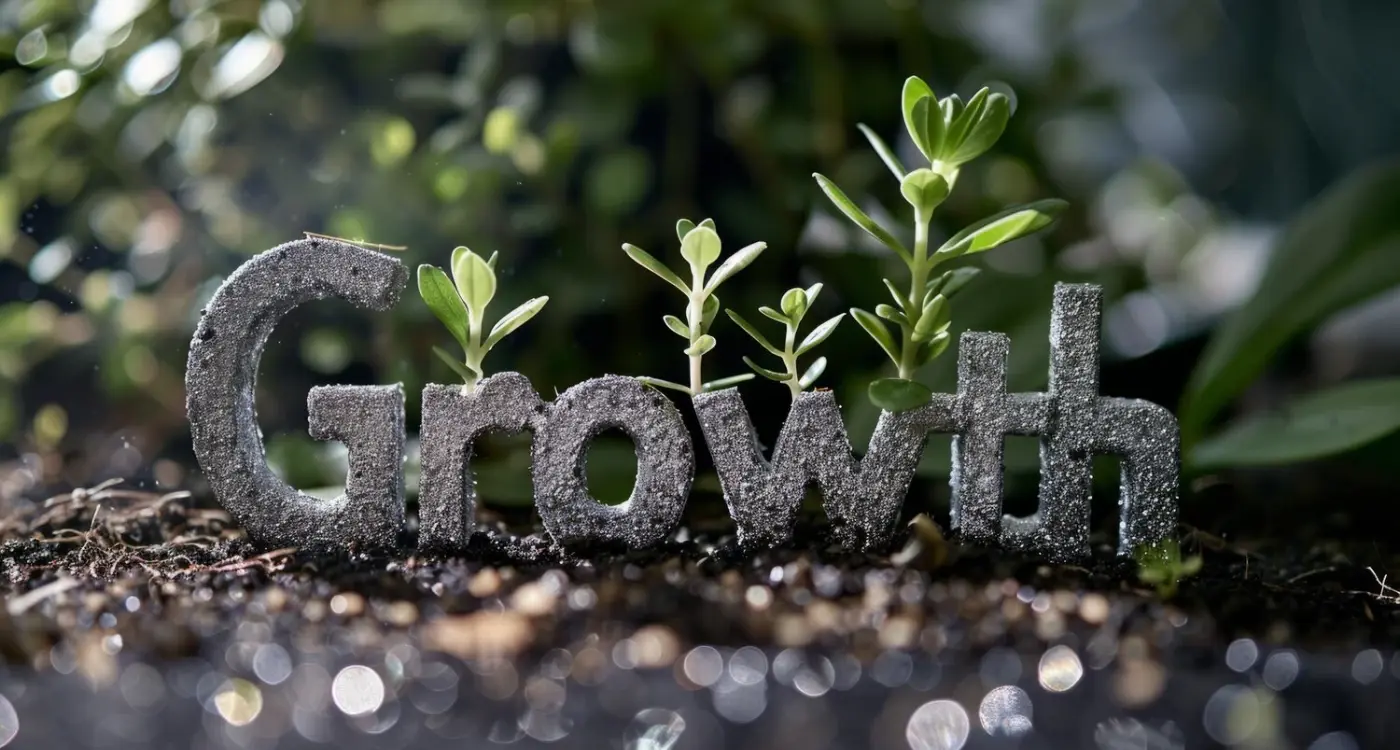What Makes Users Return to Apps After Initial Download?
A staggering 77% of users never open an app again after just three days of downloading it. That's not a typo—more than three-quarters of people who take the time to find, download, and install your app will abandon it within 72 hours. After working in mobile app development for nearly a decade, this statistic still makes me wince every time I see it.
The harsh reality is that getting someone to download your app is only the beginning. The real challenge—and where most apps fail spectacularly—is convincing users to come back. User retention strategies have become the holy grail of app development, yet many developers still focus all their energy on downloads rather than return users.
Building an app that people download once is easy; building an app they can't live without is an art form
Understanding mobile psychology and what drives app engagement isn't just useful knowledge—it's the difference between success and joining the millions of forgotten apps gathering digital dust. Throughout this guide, we'll explore the proven techniques that separate thriving apps from those destined for deletion. From the moment users first tap your icon to the features that keep them coming back months later, every interaction shapes their decision to stay or go.
First Impressions Matter Most
The first time someone opens your app is make-or-break time. I've watched countless brilliant app ideas fail because they got this bit wrong—and it happens faster than you think. Users make decisions about whether to keep using an app within the first 10-15 seconds of opening it.
Your onboarding process needs to be smooth and quick. Don't ask for too much information upfront; people want to see what your app can do before they commit to sharing personal details. Show them the value straight away, then ask for what you need.
What Users Judge Immediately
When someone opens your app for the first time, they're looking at several things without even realising it:
- How fast does it load and respond to taps?
- Does the interface look professional and trustworthy?
- Can they understand what to do next without reading instructions?
- Are there any confusing error messages or broken features?
- Does it work the way they expect it to work?
The beauty of getting first impressions right is that it sets up everything else for success. Users who have a positive first experience are much more likely to forgive minor issues later on—but mess up that initial interaction and you might never get another chance.
Understanding User Expectations
After designing apps for nearly a decade, I've learnt that users don't just download apps—they download solutions to problems. They expect your app to work exactly how they imagine it should, based on their past experiences with similar apps. This creates a fascinating challenge for developers: how do you meet expectations while still standing out from the crowd?
Users form expectations within seconds of opening your app. They expect navigation to be intuitive, buttons to be where they think they should be, and most importantly, they expect immediate value. If someone downloads a fitness app, they want to start tracking their workout straight away—not spend ten minutes setting up a profile first. Mobile psychology tells us that users have incredibly short attention spans; if their expectations aren't met quickly, they'll simply move on to another app.
The Three-Second Rule
Return users are created when apps consistently deliver what they promise. This means understanding not just what users want now, but what they'll want when they come back tomorrow. User retention strategies that work best focus on predictable, reliable experiences that get better over time—not apps that confuse or frustrate users with unexpected changes.
Map out the user journey before building anything. Test your assumptions with real users early and often—their expectations might be completely different from what you think.
The Psychology Behind App Abandonment
People delete apps for surprisingly simple reasons—and most of them happen within the first few minutes of use. After years of watching users interact with apps across different industries, I've noticed patterns that might shock you. The biggest culprit isn't technical problems or poor design; it's unmet expectations.
When someone downloads your app, they arrive with a mental picture of what it should do. If your app doesn't match that picture quickly, they're gone. This creates what psychologists call cognitive dissonance—the uncomfortable feeling when reality doesn't match expectations. Users resolve this discomfort by simply uninstalling the app.
The Three-Strike Rule in Action
Most users give apps three chances before abandoning them completely. These strikes typically follow a predictable pattern:
- First strike: confusing onboarding or unclear value proposition
- Second strike: performance issues or missing expected features
- Third strike: irrelevant notifications or poor user experience
What makes this worse is something called the "deletion cascade"—once users delete one app that disappointed them, they become more likely to delete others. They develop a lower tolerance for friction and expect immediate value from every interaction.
The good news? Understanding these psychological triggers means you can design around them. Users want to love your app—they downloaded it for a reason. Your job is removing the barriers that prevent that love from developing.
Building Habit-Forming Features
Getting someone to download your app is one thing—getting them to use it every day is something else entirely. After working with hundreds of apps over the years, I've noticed that the ones with staying power all share something in common: they become part of people's daily routines.
The Hook Model in Practice
The most effective apps follow a simple pattern that keeps users coming back. First, there's a trigger—something that prompts the user to open your app. This could be a notification, a habit, or even just boredom. Then comes the action—the simplest behaviour you want them to perform. Next is the reward—something valuable they get from using your app. Finally, there's investment—they put something into the app that makes it more valuable to them personally.
The best habit-forming apps don't feel like apps at all—they feel like natural extensions of what people already want to do
Making It Sticky Without Being Pushy
Smart developers build features that naturally encourage return visits without being annoying about it. Think progress tracking, personalised content that gets better over time, or social features that create gentle accountability. The key is making each interaction slightly more valuable than the last, so users genuinely want to come back rather than feeling obligated to do so.
Push Notifications Done Right
Push notifications are like that friend who keeps texting you at inappropriate times—annoying when done wrong, but brilliant when they actually have something useful to say. I've watched countless apps ruin their relationship with users by sending meaningless notifications that end up getting disabled faster than you can say "unsubscribe".
The secret isn't sending fewer notifications; it's about making each one count. Your notifications should solve a problem or add genuine value to someone's day. Think weather warnings before a storm, not daily reminders about features people already know exist.
Timing Is Everything
Sending notifications when people are most likely to engage makes all the difference. A fitness app notification at 6am might work for early birds, but it'll annoy night owls who are still fast asleep. Smart apps learn user behaviour patterns—when do they typically open the app? What time zone are they in? When was their last activity?
Personalisation Without Being Creepy
Generic notifications feel spammy whilst overly personal ones feel invasive. The sweet spot is contextual relevance. A food delivery app can remind users about lunch without needing to know their entire life story. Use data you already have responsibly—location, app usage patterns, and user preferences—but don't make people feel like you're watching their every move.
Creating Meaningful User Experiences
After years of building apps that people actually stick with, I've learned that meaningful experiences aren't about flashy animations or clever features—they're about solving real problems in ways that feel natural. When someone opens your app, they're looking for value, not entertainment. The apps that get deleted quickly are the ones that forget this basic truth.
The secret lies in understanding what your users are trying to accomplish and removing every possible friction point from that journey. This means cutting out unnecessary steps, eliminating confusing navigation, and making sure your core functionality works perfectly every single time. User retention strategies that focus on meaningful experiences always outperform those built around gimmicks.
Making Every Interaction Count
Every tap, swipe, and scroll should move users closer to their goal. Mobile psychology tells us that people abandon apps when they feel lost or frustrated—not when they're bored. The most successful return users are those who can complete their intended task without thinking about the interface at all.
Focus on your app's core purpose and make that experience flawless before adding any secondary features. Users will forgive missing functionality, but they won't forgive broken basics.
The apps that build lasting relationships with users are those that respect people's time and intelligence. When app engagement feels effortless, that's when you know you've created something truly meaningful.
Measuring What Actually Matters
Here's the thing about app analytics—most people are tracking the wrong stuff. Downloads look impressive on a pitch deck, but they don't pay the bills or build sustainable businesses. What matters is whether people actually stick around and use your app regularly.
Retention rates tell the real story. Day 1, Day 7, and Day 30 retention show you how many users return after their initial download. These numbers don't lie; they reveal whether your app provides genuine value or just momentary curiosity. A 40% Day 1 retention rate is decent, but if only 10% return after a week, you've got problems.
The Metrics That Actually Count
Session length and frequency matter more than total downloads. If someone opens your app for 30 seconds and never returns, that's not success—that's a warning sign. Look at how often people use your app and how long they stay engaged during each session.
- Daily and monthly active users (DAU/MAU)
- Time spent per session
- Feature adoption rates
- User journey completion rates
- Churn rate by user cohort
The best apps I've worked on focus obsessively on these behavioural metrics rather than vanity numbers. They track which features keep people coming back, what causes users to abandon the app, and where the biggest drop-off points occur in the user journey.
Conclusion
After working with hundreds of apps over the years, I've seen the same pattern play out time and again—the apps that keep users coming back are the ones that understand people, not just technology. User retention strategies aren't rocket science, but they do require thinking about your app from your user's perspective rather than your own.
The truth is, most apps get deleted not because they're broken, but because they don't give people a compelling reason to return. Your onboarding might be smooth, your features might work perfectly, but if you haven't tapped into mobile psychology and created genuine value for return users, you're fighting an uphill battle. People have limited time and attention—if your app doesn't earn its place on their home screen within the first few uses, it won't get another chance.
Building successful app engagement comes down to understanding what makes people tick; creating experiences that feel personal and relevant; and being genuinely helpful rather than just clever. The apps that win aren't necessarily the most feature-rich or the prettiest—they're the ones that become part of their users' daily routines. That's what separates a download from a loyal user, and loyal users are what separate successful apps from expensive failures.
Share this
Subscribe To Our Learning Centre
You May Also Like
These Related Guides

How Do I Keep My App Growing Without More Marketing Money?

How Do You Measure App Success Beyond Downloads?



